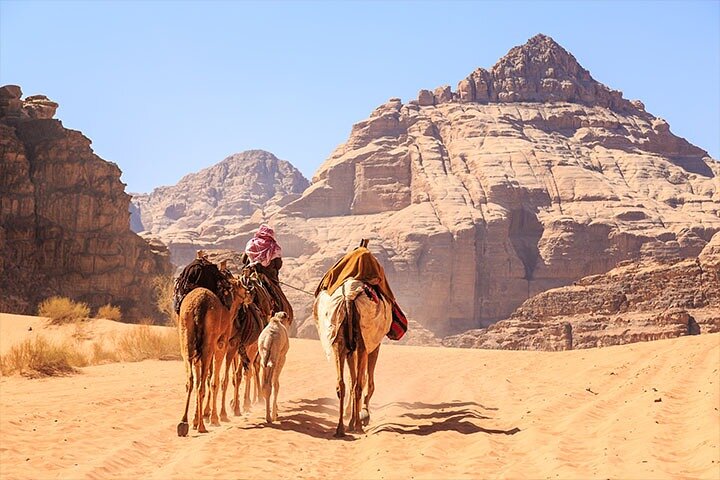Exploring the Spiritual Legacy of Jerash and Umm Qais: A Day Trip from the Dead Sea
Embark on a spiritual journey through the ancient cities of Jerash and Umm Qais, where history and spirituality intertwine. Discover the stories of the past and find inspiration in the enduring legacy of these remarkable sites.
A Journey Through Time: The Ancient City of Jerash
As I embarked on my journey from the serene shores of the Dead Sea, I was filled with anticipation. The road northward to Jerash, a city that once thrived as part of the Roman Decapolis, promised a day steeped in history and wonder. The landscape gradually transformed from the arid beauty of the Dead Sea to the lush greenery that surrounds Jerash, a testament to the region’s diverse natural beauty.
Upon arrival, I was greeted by the monumental Hadrian’s Arch, a gateway that seemed to transport me back to the golden age of the Roman Empire. Walking through the arch, I was immediately struck by the grandeur of the ruins that lay before me. The Oval Plaza, with its ring of standing columns, was a sight to behold. As I wandered through the colonnaded streets, the stories of ancient Gerasa came alive. I could almost hear the echoes of chariot races in the Hippodrome and the fervent prayers at the Temples of Zeus and Artemis.
The local guide, a wellspring of knowledge, shared tales of Alexander the Great’s conquest and the city’s subsequent prosperity under Roman rule. It was fascinating to learn how the local farmers once cultivated fruits and vegetables that were highly prized by the Roman elite. This connection to the past, to a time when cultures and empires intertwined, was deeply moving and enriched my understanding of the region’s history.
The Mystical Ruins of Umm Qais
Leaving Jerash, I journeyed further north to Umm Qais, another jewel of the Roman Decapolis. Perched on a hilltop, the site offered breathtaking views over the Sea of Galilee and the Golan Heights. The air was filled with a sense of tranquility, a stark contrast to the bustling life that once filled these ancient streets.
Exploring the ruins of Gadara, as Umm Qais was known in antiquity, I was captivated by the remnants of its amphitheater and basilica terrace. The black basalt stones, a signature of the region, stood in silent testimony to the city’s storied past. As I walked through the crumbled mausoleum and other relics, I felt a profound connection to the countless souls who had once called this place home.
The town’s archaeological museum was a treasure trove of artifacts, each piece telling its own story of the past. From intricate mosaics to marble statues, the collection offered a glimpse into the artistic and cultural achievements of the Greco-Roman world. It was a humbling reminder of the enduring legacy of these ancient civilizations and their influence on the world we know today.
Reflections on a Spiritual Journey
As I made my way back to the Dead Sea, I reflected on the day’s journey. The ancient cities of Jerash and Umm Qais had offered more than just a glimpse into the past; they had provided a spiritual connection to the rich tapestry of history that defines this region. Each stone, each artifact, was a testament to the resilience and creativity of the human spirit.
This journey was not just a physical exploration but a spiritual pilgrimage, one that deepened my appreciation for the cultural and historical heritage of the Middle East. It reminded me of the interconnectedness of our past and present, and the importance of preserving these sites for future generations.
For those seeking a journey that transcends time and space, I highly recommend this tour. It is an opportunity to walk in the footsteps of history, to connect with the ancient world, and to find inspiration in the stories of those who came before us. As always, I am grateful for the chance to share these experiences with you, my fellow travelers, and I look forward to our next adventure together.










































